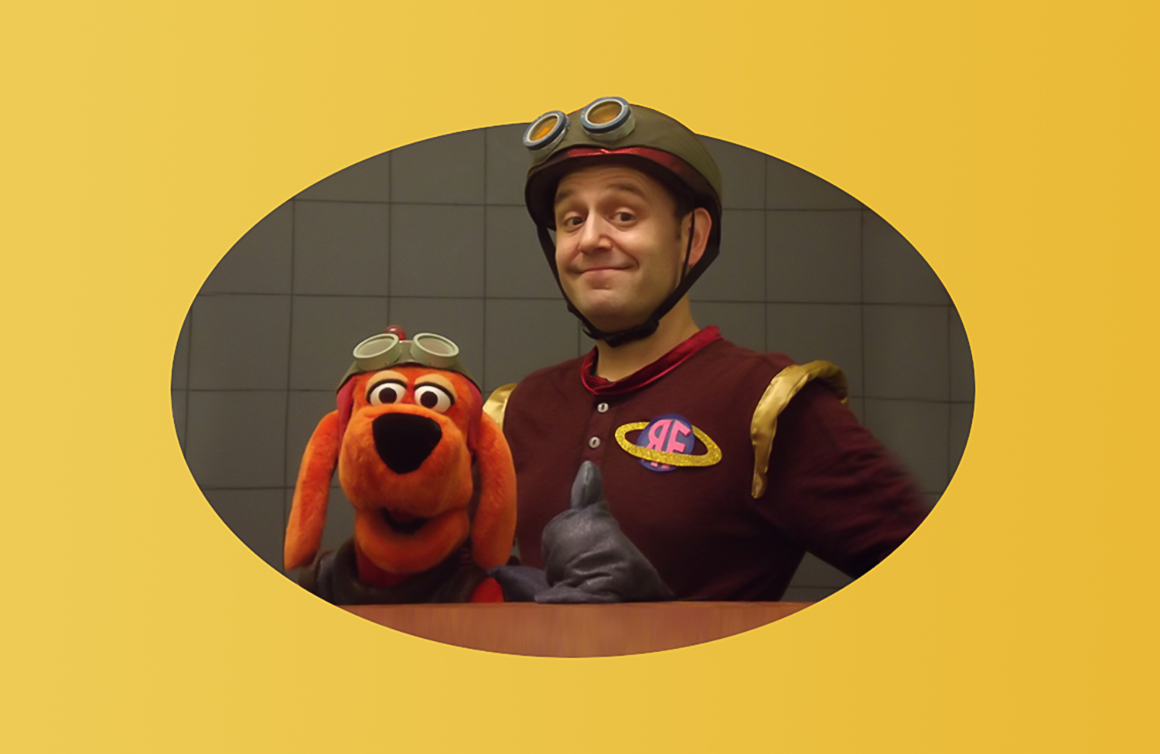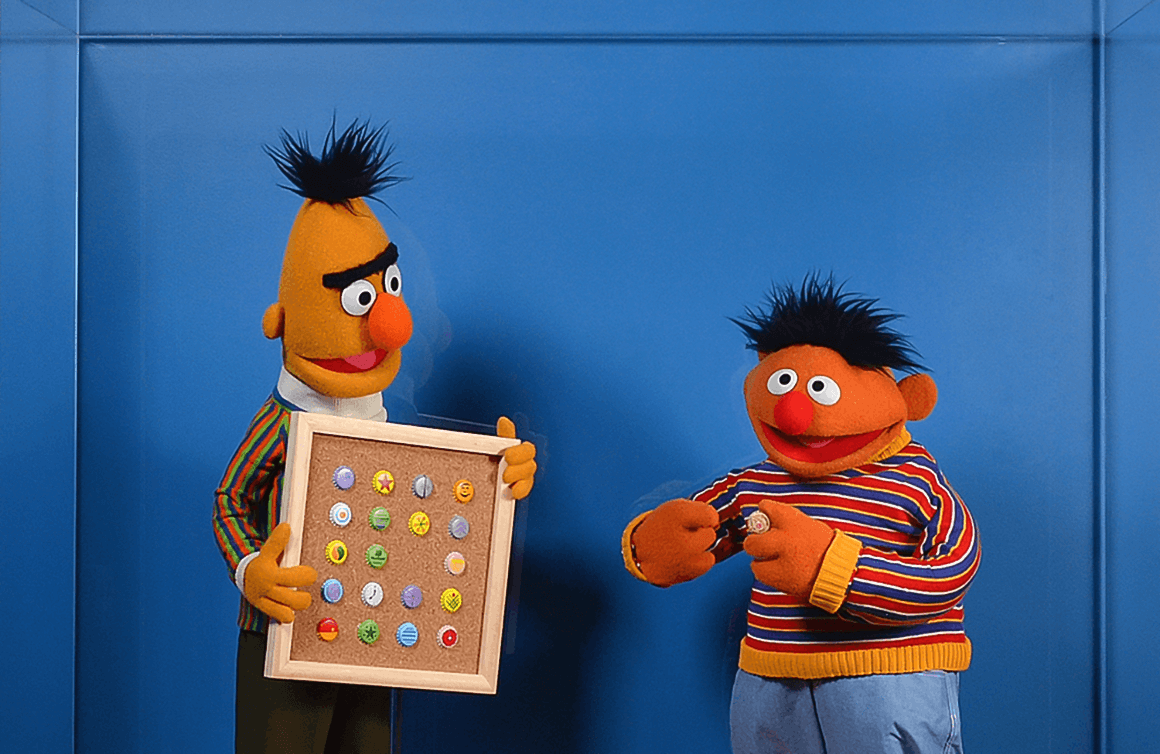What is the mandate of Center for Puppetry Arts?
Our mission is to share the history and art of puppetry. We accomplish this goal in three ways: through live performances, educational workshops, and our interactive museum.
Our live shows are not what people may expect. The Center’s puppetry performances feature singing, acting, and acrobatics. Our performers come out from behind the playboard to interact with audiences after each show. Our educational programming allows individuals to learn from our artists and create their own simple puppets. Lastly, the museum portion of the Center introduces the idea of storytelling through puppetry and features puppets and artists from around the world.

How does preserving the history of puppetry and educating the public about puppetry benefit culture?
Puppetry is an art that is very human and ubiquitous around the world. It teaches us about our similarities. I think puppetry is one of the most accessible forms of art. It’s something people have had in their lives and connected with in some way. By preserving the history, especially in the United States where puppetry isn’t as renowned as it is in other countries, we ensure the art form is available to inspire every generation. The Center for Puppetry Arts is the only facility of its kind in the United States. You won’t find a comprehensive puppetry center in other cities. We are really unique in that we offer a full range of programming to people of all ages.

Are there stories that are better told through puppetry than other forms of performance art?
Oppressed populations have used puppetry to find humour in and make light of their own situations. Commentary about government regimes can be made through puppetry when it’s too dangerous for individuals to do so. Difficult subjects such as death can be discussed with children through puppetry; the television show Sesame Street did a great job of this when Mr. Hooper died in the early 1980s. They continue to broach important topics and destigmatize ideas. Puppetry isn’t just a form of entertainment.

The Center encourages visitors to “Rethink Everything You Know About Puppetry”. What do you hope guests to the Center take away from their visit?
Some people visit us with a sort of prejudice about puppets and puppetry; they don’t think of it as serious art. Through the exposure and education we provide, people’s eyes are opened and they see how puppetry is used to connect people and create new ways to communicate. The work of Jim Henson and Frank Oz led to groundbreaking film making techniques used in feature films such as Star Wars and Jurassic Park. Puppetry can be simple or complex. By learning about puppetry’s history, people see it in a new light and gain an appreciation for it.

What can visitors to the Center look forward to in 2020?
Our educational programs include Wiggle Wednesdays for toddlers, we have Puppets & Pints for adults, and STEM programs on our calendar. Stellaluna author Janell Cannon will join us for a special show featuring an adaptation of her book along with a Q&A. Our current feature exhibit, Jim Henson’s The Dark Crystal World of Myth and Magic, runs until the spring of 2020. We are in the planning stages for our next exhibit about puppets in advertising which opens in the summer of 2020. Through the exhibit, we’ll show how products are sold and stories told through advertising and how puppets are used to persuade. The exhibit was inspired by visitors’ reaction to our Krystal Burger puppet. If you aren’t familiar with Krystal Burger, it’s a fast-food chain similar to White Castle. The Krystal puppet is a burger that plays instruments. People are mesmerized by that character! That enthusiasm gave us the idea to create an exhibit around puppets in advertising because there are so many great examples; puppets are often used to advertise everything from Campbell’s Soup to Joy dishwashing liquid. We work to tie ideas and objects together in different ways to inspire our visitors.

Learn more about Center for Puppetry Arts on their website.




















